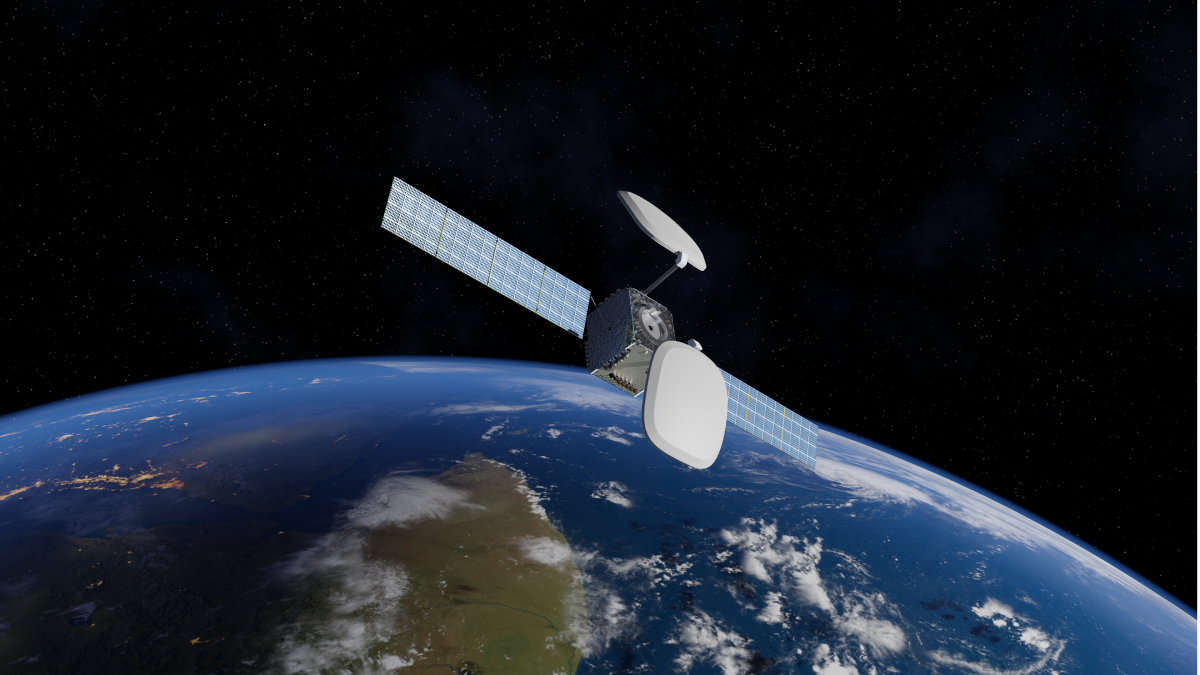At the recent RSGB Convention / AMSAT-UK Colloquium at Milton Keynes,
Frank Zeppenfeldt, PD0AP, from the European Space Agency Satellite
Communications Group, made a presentation on the subject of a future ESA
backed amateur satellite mission to GEO. Frank has obtained funding of
250,000 Euro to investigate the possibility of an Amateur satellite or
payload to be placed in GEO orbit. The presentation emphasises
innovation and microwave communications.
Franks full presentation is available on YouTube
[and here at the AMSAT-DL colloquium:
As a member of the UK microwave / Satellite community, we would like to
invite you to contribute to the design concept of this mission.
We would welcome any thoughts you may have via e-mail etc and we will
add those to the overall discussion.
In a follow up Teams meeting on Wed 1st Nov between Frank and AMSAT-UK,
it became clear that an ideal solution from an ESA perspective should
provide a service to amateurs in Canada as well as Europe. - Canada is
an ESA co-operating state. Note that any GEO covering part or all of
Canada will also cover a significant proportion of The USA. AMSAT-UK is
working to identify a suitable range of GEO slots which meet this
requirement.
What is needed, is a proposal for 2 or 3 ideas for what this GEO mission
(most likely a hosted payload) should include. See notes / Franks
presentation.
AMSAT-UK aims to respond with some proposals by Dec 4th. These do not
need great detail, but should justify bands used and other ideas.
For Example.
What bands should be included. - This project is not aimed as a QO-100
replacement.
Is 24G and up practical? Can a ground station generate enough power
economically with today's available technology for an uplink on 24/47/76G
Given a resource in space, is there an 'easy' entry level on say 24G -
RX or TX so we can attract new microwave operators.
Should the transponder/s be old style bent pipe configurations or
contain on board processing to decode RX signals then encode the downlink?
What digital protocols are appropriate for the above?
Is 5.6G viable as an uplink given the WiFi presence? Any observations
on 6cm interference would be valuable.
Note: The antennas on the satellite will likely have a min gain of 20dB
as this covers the visible portion of the Earth from geostationary orbit.
In recent discussions with BATC etc we have concluded that a 10G
downlink should be the baseline to take advantage of the large existing
userbase and that a minimum power output onboard needs to be 10W into a
20dB antenna.
If the proposals are considered substantial enough for further
discussion, we have suggested a meeting at the ESA technical centre in
The Netherlands around end Feb / March next year. This 2 day (?) event
would be funded by ESA probably via A-UK. If this meeting happens, then
representatives from A-UK BATC and UK microwave group could attend along
with other groups from The EU and USA so we can take the project forward.
Frank anticipates doing some initial prototyping and then present the
findings to a meeting of GEO platform operators next year. Hopefully
this will find a commercial partner with a platform going to an
appropriate GEO slot.
If any of this is of interest, please let us know your thoughts.
This is a rare opportunity. I hope you can give it your support.
Regards
David G0MRF / Noel G8GTZ



